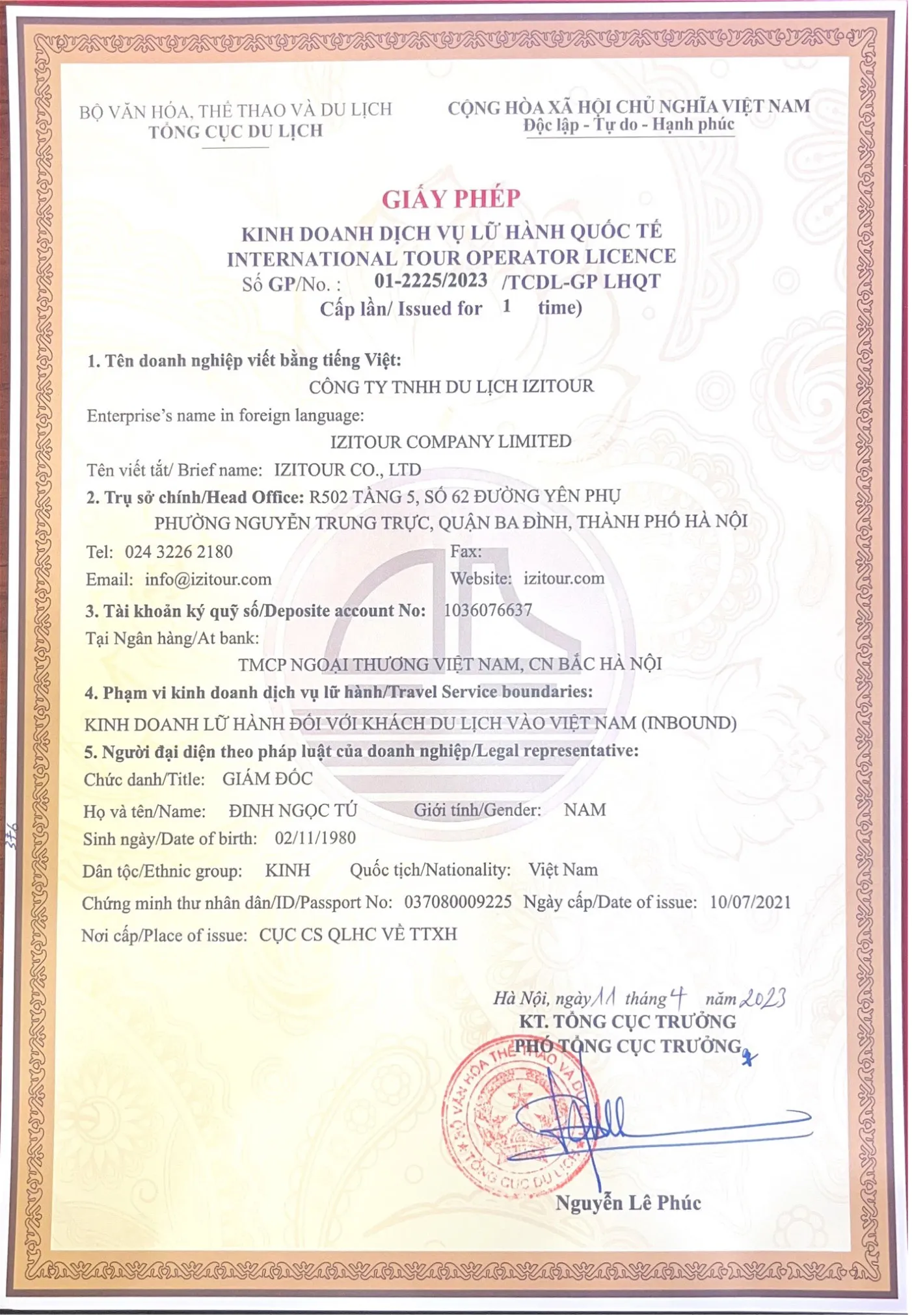The weekly ethnic markets in Lao Cai are the perfect place to discover local traditions, meet friendly locals, and pick up souvenirs you won’t find anywhere else. These markets are vibrant cultural events where ethnic minorities, dressed in their colorful traditional attire, gather not just to buy and sell goods but also to connect with potential partners. What sets Lao Cai apart from other northwest provinces is that its markets are held on different days throughout the week, making it easy for visitors to experience them during a trip to Sapa. In this article, we’ll guide you through the most captivating ethnic markets in Lao Cai.
Overview of ethnic markets in Lao Cai
Chợ Phiên refers to an ethnic market that is held once every period of time. In the remote highlands of North Vietnam, Chợ Phiên (the weekly ethnic markets) are not just places of trade, but vibrant cultural gatherings. In Lao Cai province, these markets take place once a week in different districts, creating a unique opportunity for visitors to explore a different local market every day.
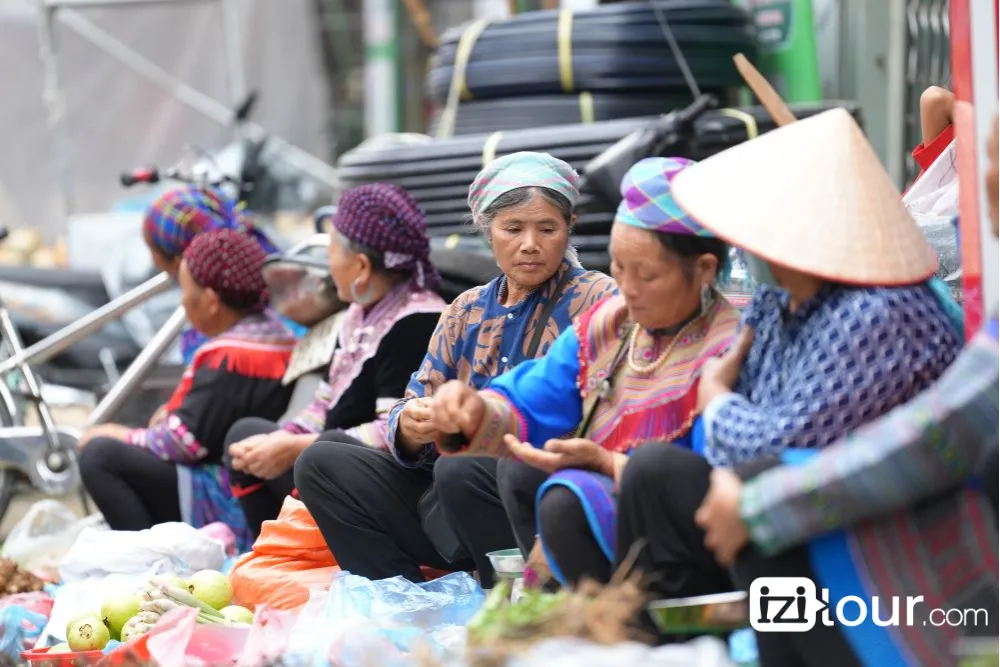
From the break of dawn, ethnic minorities such as the H’mong, Dao, Tay, Nung, Phu La, and Giay don their traditional outfits and travel long distances by foot, or motorbike to attend. More than just shopping, these markets are where people come to socialize, find love, share stories. What makes Chợ Phiên in Lao Cai particularly special is its diversity and rhythm, each market has its own atmosphere, specialties, and ethnic mix, from the bustling Bac Ha Sunday market to the serene Cao Son Wednesday market. Vising a weekly ethnic market will bring a glimpse into Vietnam's mountain culture.
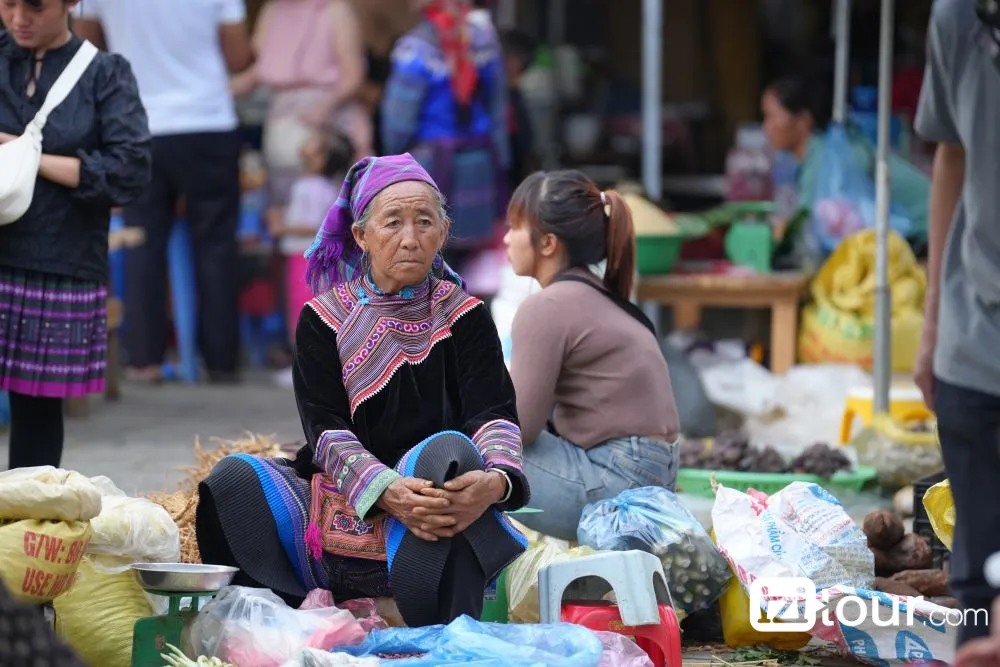
Market schedule from Monday to Sunday
Monday: Ban Phiet Market
Ban Phiet Market, located about 40km from the center of Sapa town, takes place every Monday. While smaller and less crowded than other markets in Lao Cai, it plays a vital role in the cultural exchange and trade among the region’s ethnic communities. Most of the vendors here are from the White H’mong community. The market has a simple, rustic charm, with a few covered stalls, while the majority of goods are displayed on sheets spread across the ground.
Despite its modest size, the market is a vibrant spectacle, especially with its wide array of women’s clothing, scarves, hats, and belts. The market starts early, often before dawn, when the mist still lingers in the air. On market days and during holidays, it’s a time-honored tradition for the ethnic people to wear their most beautiful and brightly colored traditional clothing, adding to the lively atmosphere.

Tuesday: Coc Ly Market
In the local language, "Coc Ly" means "plum root". Nestled among the hills and dreamy floating clouds, Coc Ly Market is bustling, held every Tuesday. It is a vibrant meeting place for the Flower H’mong, Black Dao, and Nung ethnic groups to gather, socialize, and trade goods.
The market is organized into distinct sections. One area features local mountain products such as organic vegetables, herbs, mushrooms, wood ear fungus, honey, corn wine, mountain rice, household items, and brightly patterned brocade, all displayed on sheets spread on the ground. The liveliest section is the livestock and poultry market, where buffaloes, cows, pigs, chickens, dogs, horses, and even cats are bought and sold. The atmosphere is electric, with buyers and sellers standing or sitting, haggling energetically over prices.
Like other ethnic markets, its charm lies in more than commerce, it’s a place for people to enjoy themselves, reconnect, and sing love songs together.
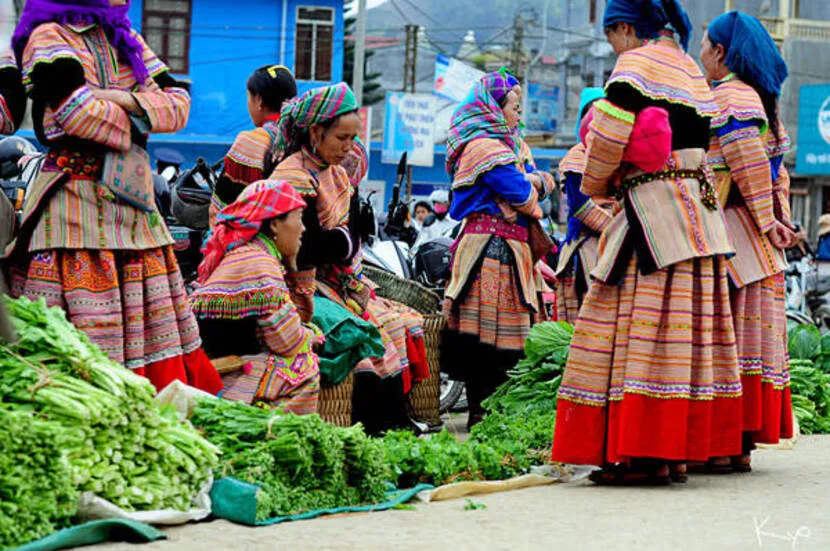
Wednesday: Cao Son Market & Sin Cheng Market
Cao Son Market is primarily attended by the H’mong, Phu La, Dao, and Black Han ethnic groups in Muong Khuong. It takes place just once a week, every Wednesday.
From early morning, local people begin arriving at the market, filling the narrow streets, some in large groups, others in pairs, and some alone. They come by various means of transportation: some carry goods on foot, others load them onto horses, while many ride motorcycles.
Cao Son Market stands out for its vibrant atmosphere, shaped by the people, the goods, and the stunning natural scenery. In the vast expanse of mountains and forests, people buy, sell, and exchange goods freely and comfortably. Some purchase rice, others shop for brocade, vegetables, tubers, or fruits, while many stop to enjoy local mountain delicacies. Altogether, it creates a lively and colorful scene.
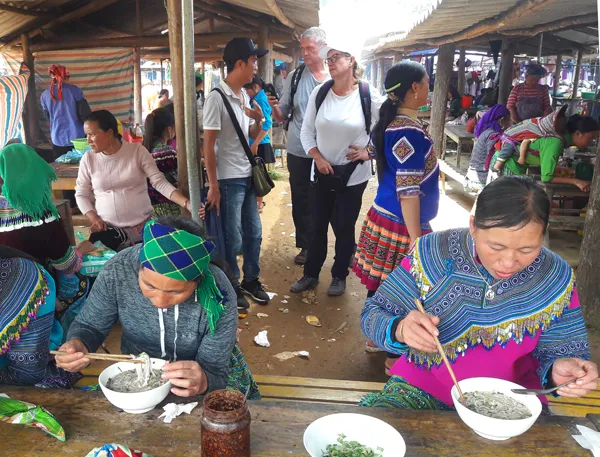
Also on Wednesday, in Lao Cai, the Sin Cheng Market takes place. It serves as a gathering point for the H’mong, Tay, Nung, and Thu Lao ethnic groups.

Thursday: Lung Khau Nhin Market
Lung Khau Nhin Market, located in Muong Khuong and held every Thursday morning, is one of the most well-known markets in Vietnam’s vast northwest region. Most of the buyers and sellers here are from the H’mong, Nung, and Kinh ethnic groups. The main commodities include agricultural products such as corn, rice, soybeans, peanuts, vegetables, fruits, and brocade.
As you explore the market, you’ll also find a variety of everyday household items for sale, such as hoes, bamboo baskets, brooms, bowls, plates, kettles, cups, and more. The lively trading scenes make Lung Khau Nhin Market especially vibrant and memorable.

Friday: Chau Market
Since the 19th century, weekly ethnic markets have been held in Lao Cai for trade and exchange. In addition to the markets in Cao Son, Pha Long, and Ban Lau, Chau Market in Lung Vai has long been a well-known trading center in the region.
More than just a place for buying and selling, it also serves as a social hub where young people from nearby villages gather to meet and express affection toward potential soulmates. Visitors can also explore the majestic landscape of the region and experience its rich cultural traditions, which have been preserved and passed down through generations.
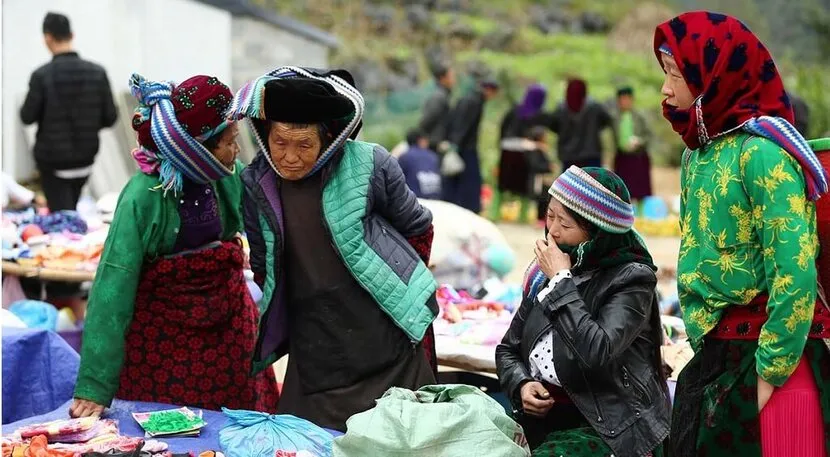
Saturday: Can Cau Market & Pha Long Market
Can Cau Market is a traditional ethnic minority market mainly attended by the Giay, H’mong, and Hoa people. It is located along Road 153, a single dirt road that connects Bac Ha with Si Ma Cai, Lao Cai Province. The market is typically held every Saturday. On holidays and New Year's Day, it runs from early morning until the afternoon.
Can Cau is also the largest buffalo market in northwest Vietnam, with hundreds of buffalo traded each week.
Pha Long Market, serves as the commercial center for residents of Pha Long, Din Chin, Ta Ngai Cho, and Ta Gia Khau. This weekly ethnic market brings together the Mong, Lo Lo, Tay, Nung, and Giay ethnic groups, creating a vibrant and crowded market scene. The most bustling and visually striking area is where brocades are sold, full of color and activity. Pha Long Market is also famous for hosting the Gau Tao Festival in the spring.
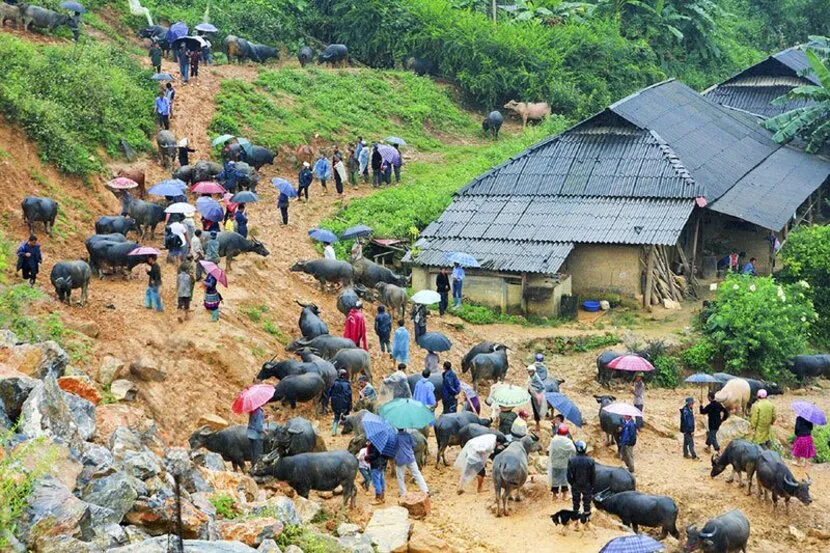
Sunday: Bac Ha Market & Sapa Market
Among the Sunday markets in Lao Cai, the most prominent is Bac Ha Market, which has been voted one of the 10 most unique markets in Southeast Asia. It is also the only market in Vietnam with a dedicated horse trading area, where hundreds of horses - black, white, and even striped - are bought and sold on market day.

Bac Ha market, one of the most beautiful ethnic markets in Southeast Asia
Bac Ha also draws tourists with its local specialties, such as the world-famous Ban Pho corn wine, made from mountain stream water at an elevation of over 1,200 meters and fermented with yeast derived from forest leaves. Visitors can also sample a distinctive Lao Cai delicacy - Thang Co, a traditional Hmong dish made from horse meat and entrails, flavored with a blend of herbs. Its unique taste is unforgettable after just one try.
Besides, on sunday, Sapa Market is located in the heart of Sapa town. Here, you can find medicinal herbs, rare and valuable forest products, traditional handmade brocades, and authentic ethnic dishes. The market is also a social hub, where young men and women from different ethnic groups gather to meet, sing love songs, and seek life partners through music, flutes, and lutes.
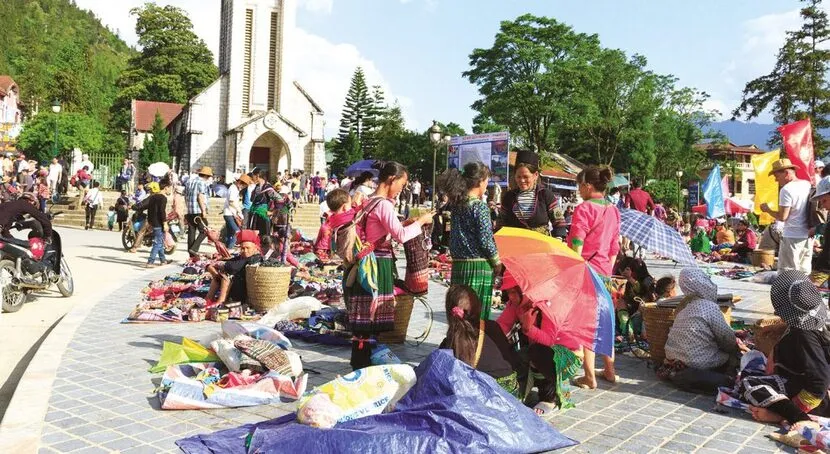
Tips for visiting ethnic markets in Lao Cai
Visiting ethnic markets in Lao Cai is a unique cultural experience, but to make the most of your trip, we would like to give a few practical tips to keep in mind.
- Markets usually begin at dawn and are most vibrant in the early morning hours. Arriving early gives you the best chance to experience the full atmosphere, see the locals in their traditional dress, and take great photos in the soft mountain light.
- Most vendors do not accept cards or foreign currency. Bring enough small denominations of Vietnamese dong to buy local goods, snacks, or souvenirs.
- Bargaining is common in Vietnamese markets. Be polite and respectful, it’s part of the local shopping culture. A smile and friendly attitude go a long way.
- If you want deeper insights into the local cultures, languages, and traditions, consider hiring a local guide. They can help you interact with vendors, explain customs, and ensure you don’t miss anything.
- Support local artisans by purchasing handmade products such as brocade fabrics or traditional tools. However, avoid buying wildlife products or anything that may be considered illegal or unethical.
Weekly ethnic markets in Lao Cai are fasinating and captivating places to visit, especially for anyone looking to experience authentic local culture and traditional trading practices. To ensure that your trip is organized, safe, and enriching, trust IZITOUR, a local tour operator with extensive knowledge and experience in the region.
For a customized, cost-effective travel plan, send us your request via email [email protected]. Our travel advisor will provide all the information you need to make your journey smooth and unforgettable.
Other related articles:
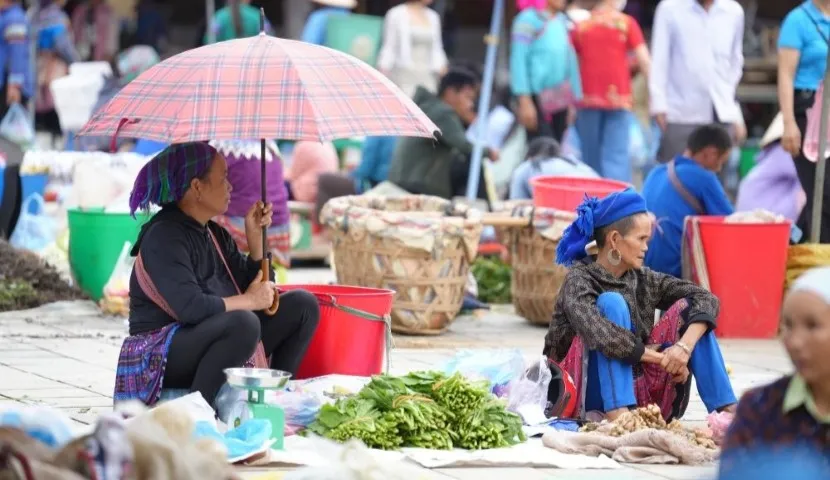
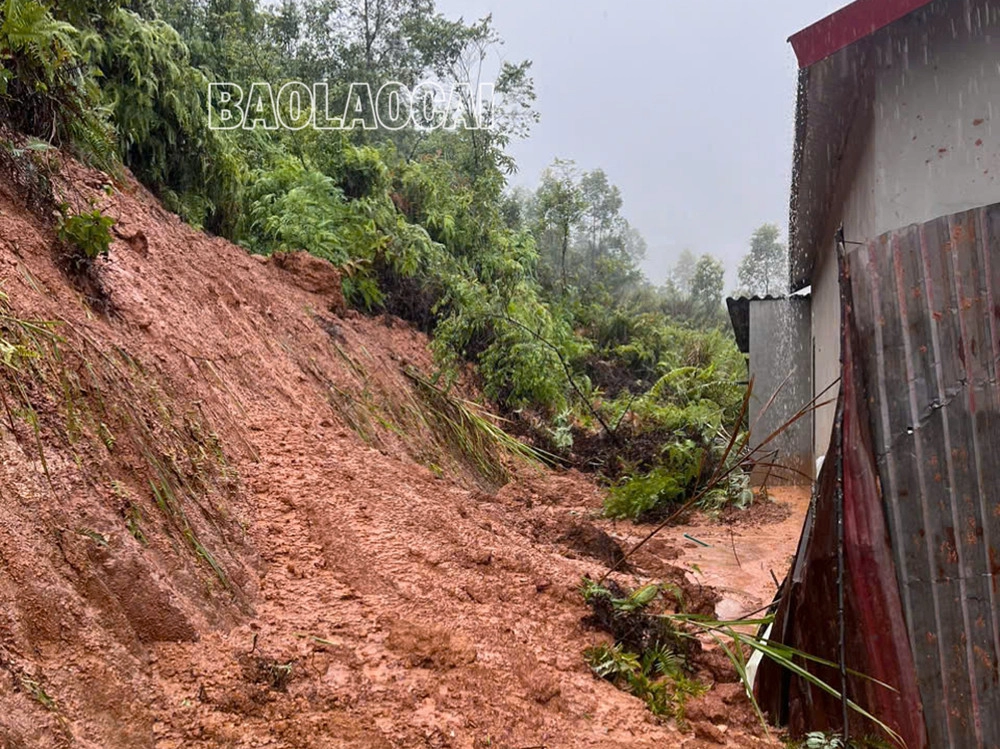
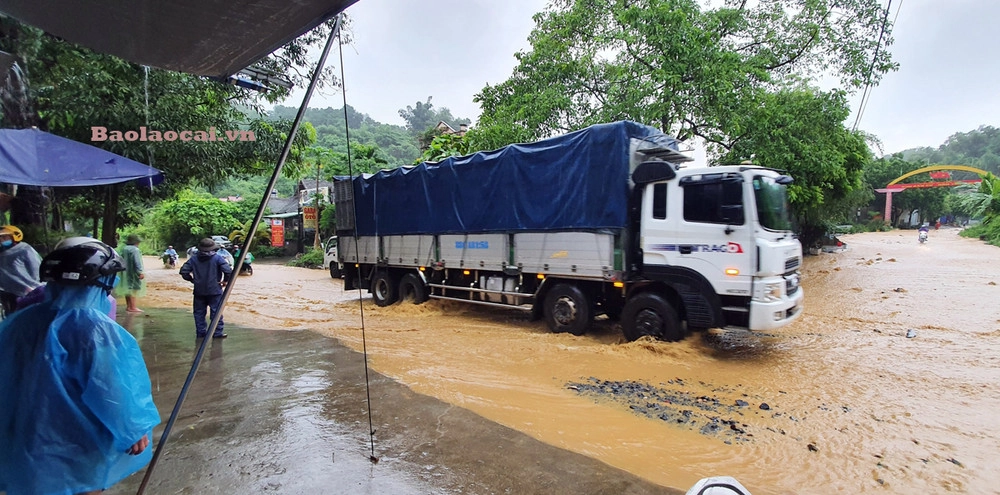






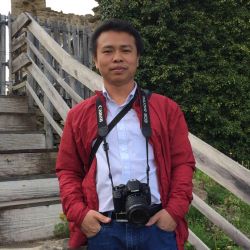
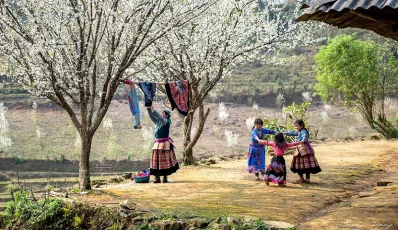
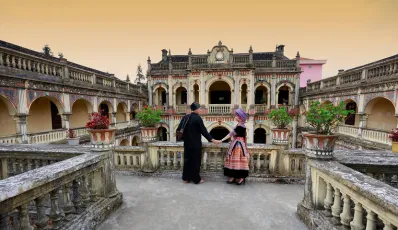
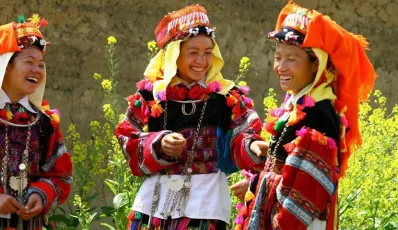
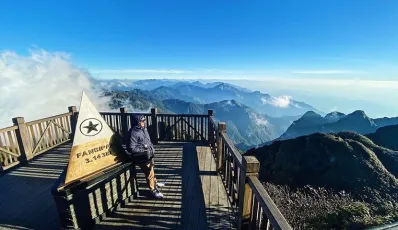
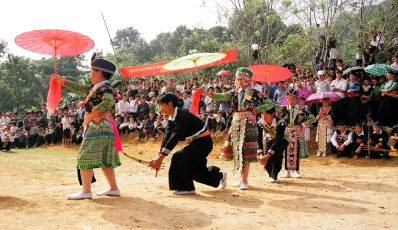
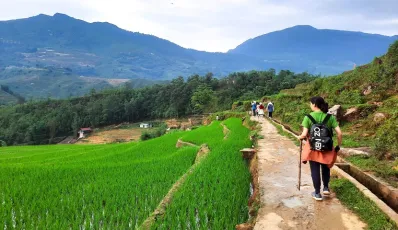



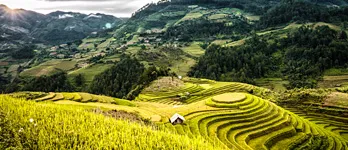
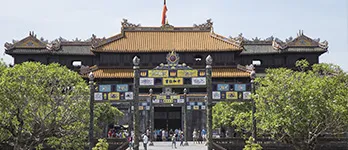
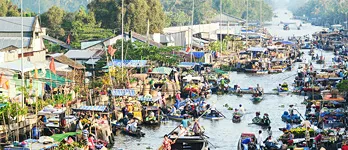

 TRAVELERS' CHOICE 2025
TRAVELERS' CHOICE 2025 